Mustang Horse: Breed Profile
Updated on 05/26/24
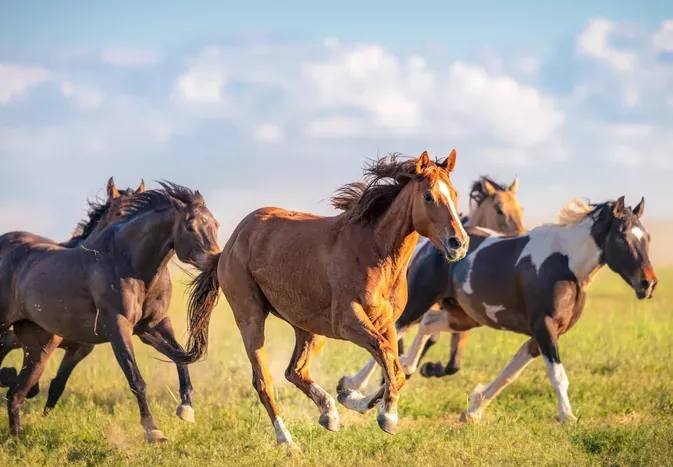
Unveiling the Majestic Mustang: A Comprehensive Breed Profile
Introduction
The Mustang, a symbol of freedom, adventure, and the American spirit, has captivated hearts worldwide. As a heritage breed, it holds a unique place in equine history, embodying resilience, adaptability, and an untamed spirit. This comprehensive blog post will delve into the captivating world of the Mustang, exploring its origins, characteristics, and the challenges and triumphs it faces today.
Origins and History
The Mustang traces its lineage back to horses brought to the Americas by Spanish explorers in the 16th century. These horses escaped or were released into the wild, forming feral herds that roamed the vast plains. Over centuries, they adapted to the rugged terrain, developing remarkable endurance and a strong instinct for survival.
Physical Characteristics
Mustangs are typically compact and well-muscled, standing between 14 to 15 hands high. Their coats come in a wide range of colors, including bay, brown, black, and variations of sorrel. They possess a distinctive head with a broad forehead, small ears, and large eyes. Their mane and tail are often long and flowing, enhancing their elegant appearance.
Temperament and Behavior
Mustangs are known for their independent spirit and strong herd instincts. They form close bonds within their groups and demonstrate loyalty and protectiveness. While they can be wary of humans initially, with patience and respect, they can develop trusting relationships. Their intelligence and trainability make them suitable for various disciplines, including trail riding, competitive sports, and therapy.
Challenges and Conservation
Despite their resilience, Mustangs face numerous challenges today. Habitat loss, overgrazing, and competition with other livestock threaten their survival. To protect these iconic animals, conservation efforts are underway, including land management, population control, and public education.
Case Studies: Mustang Success Stories
Many Mustang rescue organizations and individuals are dedicated to providing sanctuary and training for these horses. Here are inspiring examples:
* Cloud, the Healing Horse: A former wild Mustang, Cloud became a therapy horse, helping veterans cope with post-traumatic stress disorder.
* Henrietta, the BLM Champion: A Mustang adopted from the Bureau of Land Management (BLM), Henrietta won the National Mustang Association World Championship in 2006.
* Wild Horse Freedom Foundation: A non-profit dedicated to the protection and preservation of Mustangs, offering adoption, research, and advocacy programs.
Conclusion
The Mustang, a magnificent embodiment of the American frontier, continues to capture our imaginations. Its resilience, adaptability, and indomitable spirit inspire awe and admiration. Through conservation efforts and the dedication of Mustang enthusiasts, we can ensure the preservation of this iconic breed for generations to come.
Additional Resources
* Bureau of Land Management Wild Horse and Burro Program: https://www.blm.gov/programs/wild-horse-and-burro
* National Mustang Association: https://nationalmustang.com
* Cloud, the Healing Horse Foundation: https://cloudthehealinghorse.org
Explore More Pets
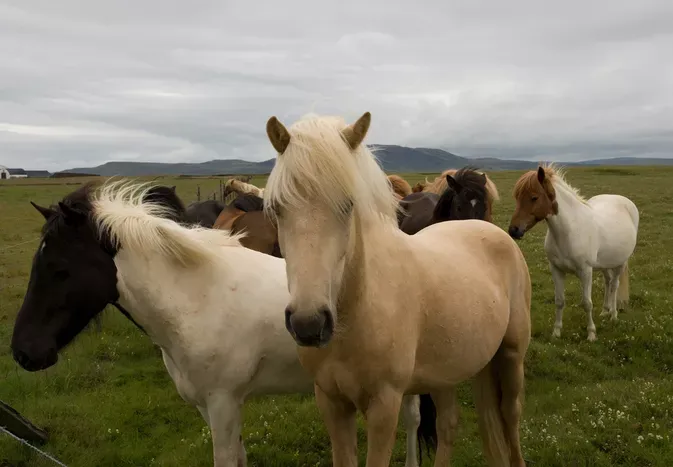
Pony Breeds
The Difference Between Horses and Ponies

Horse Diseases & Conditions
What Do I Do If My Horse Colics?
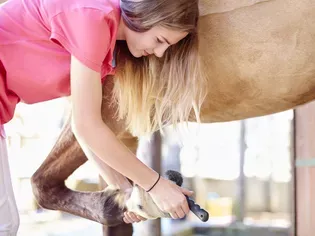
Pony Breeds
Horse and Pony Care by the Day, Week, Month and Year
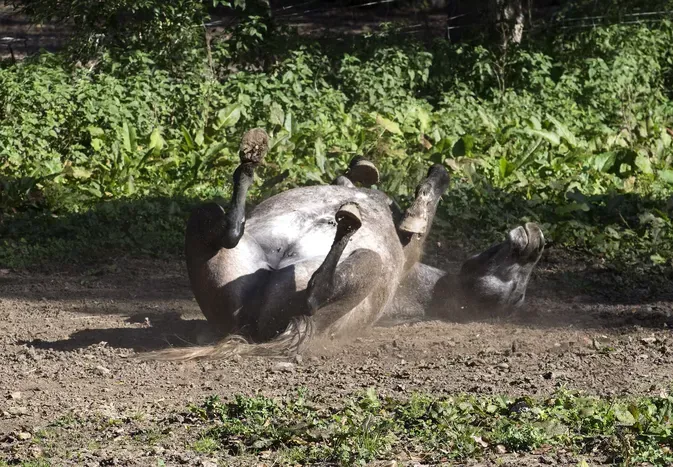
Horse Grooming
Mange in Horses
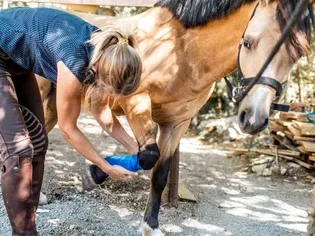
Horse Diseases & Conditions
Grease Heel in Horses

Light Horse Breeds
Gypsy Vanner Horse Breed Profile
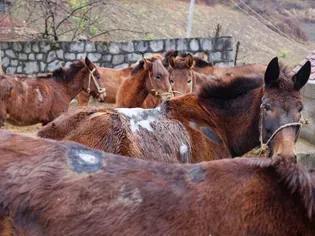
Horse Diseases & Conditions
Girth Galls and Saddle Sores
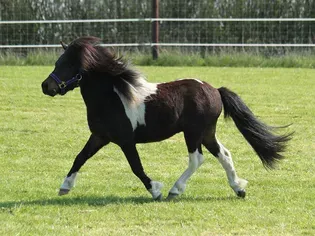
Pony Breeds
Shetland Pony Breed Profile
